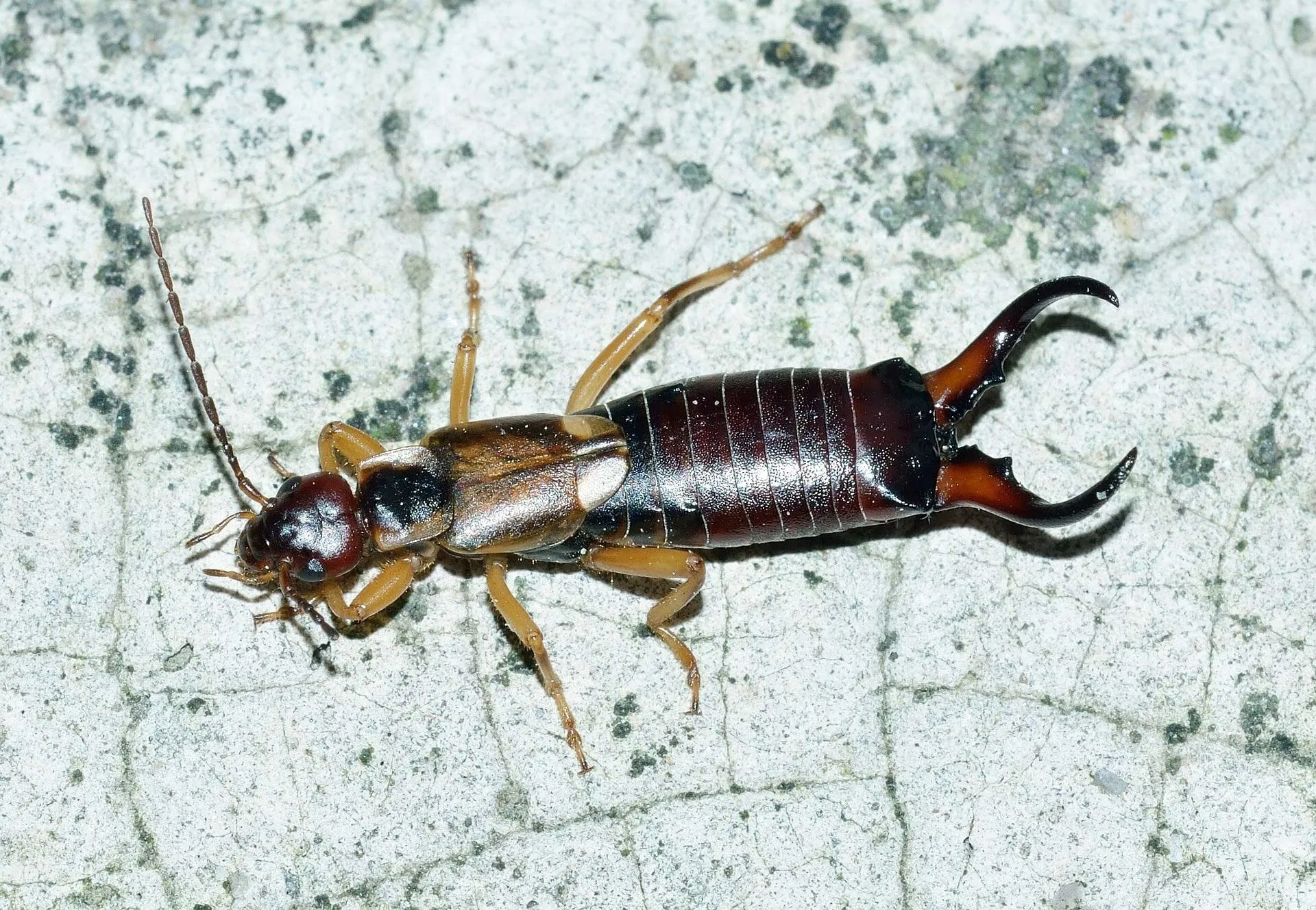Introduction
Pincher bugs, also known as earwigs, are common garden pests that can damage plants by feeding on leaves, flowers, and fruits. While they play a role in breaking down decaying matter, an overpopulation can harm your garden’s health and aesthetics. Understanding how to get pincher bugs out of your garden is essential for maintaining a thriving and pest-free environment. This article explores proven, expert-backed methods to control and prevent pincher bug infestations effectively.
What Are Pincher Bugs and Why Are They a Problem?
Pincher bugs, scientifically called earwigs, are small insects recognized by their pincers or forceps at the rear of their bodies. They thrive in moist, sheltered environments and often hide under mulch, stones, or garden debris during the day.
Impact on Gardens
- Plant Damage: They chew irregular holes in leaves and flowers, which can stunt plant growth.
- Fruit Damage: Pincher bugs may eat soft fruits, causing cosmetic damage and making them susceptible to rot.
- Rapid Reproduction: Earwigs breed quickly, leading to large populations if unchecked.
Understanding their habits helps gardeners implement targeted control strategies.
Natural and Chemical Methods to Remove Pincher Bugs
1. Manual Removal and Habitat Modification
- Regular Inspection: Check plants and garden debris daily, especially in the early morning or evening when earwigs are active.
- Remove Debris: Clear away mulch, fallen leaves, and wood piles where pincher bugs hide.
- Set Traps: Use rolled damp newspaper or cardboard tubes overnight; in the morning, discard trapped bugs.
2. Beneficial Predators
Introducing or encouraging natural predators can reduce pincher bug numbers without chemicals:
- Birds: Many bird species feed on earwigs.
- Frogs and Toads: Amphibians help keep insect populations in check.
- Ground Beetles: These insects prey on earwigs and other pests.
Creating a garden environment that supports these predators enhances natural pest control.
3. Organic and Chemical Controls
- Diatomaceous Earth: Sprinkling this natural powder around plants can damage insect exoskeletons, leading to dehydration.
- Insecticidal Soap: Effective against earwigs when sprayed directly on them.
- Chemical Insecticides: Use as a last resort. Products containing bifenthrin or permethrin can control pincher bugs but should be applied carefully to avoid harming beneficial insects.
Preventive Strategies to Keep Pincher Bugs Away
Maintain Dryness and Cleanliness
- Avoid Overwatering: Earwigs prefer moist environments; watering early in the day lets soil dry by evening.
- Proper Mulching: Use a thin layer of mulch and avoid piling it against plant stems.
- Garden Hygiene: Regularly remove debris and fallen fruits.
Plant Selection and Garden Layout
- Resistant Plants: Some plants like lavender, rosemary, and marigolds repel pincher bugs naturally.
- Spacing: Proper plant spacing improves air circulation, reducing moisture buildup.
Expert Tips and Real-World Examples
Gardener Jane Mitchell from Oregon shares, “Using rolled damp newspaper traps combined with encouraging birds through feeders reduced my earwig problem substantially. I now have fewer damaged plants and a healthier garden.”
Research from the University of California Cooperative Extension confirms that integrating multiple control methods yields the best results in managing earwig populations sustainably.
Conclusion
Getting pincher bugs out of your garden requires a balanced approach combining habitat management, natural predators, and targeted treatments. By regularly inspecting your garden, removing their hiding spots, and employing both preventive and active control methods, you can protect your plants effectively. Remember, maintaining garden health through cleanliness and proper watering is your first line of defense. Start today with these expert-backed tips to reclaim your garden and enjoy vibrant, pest-free growth.
